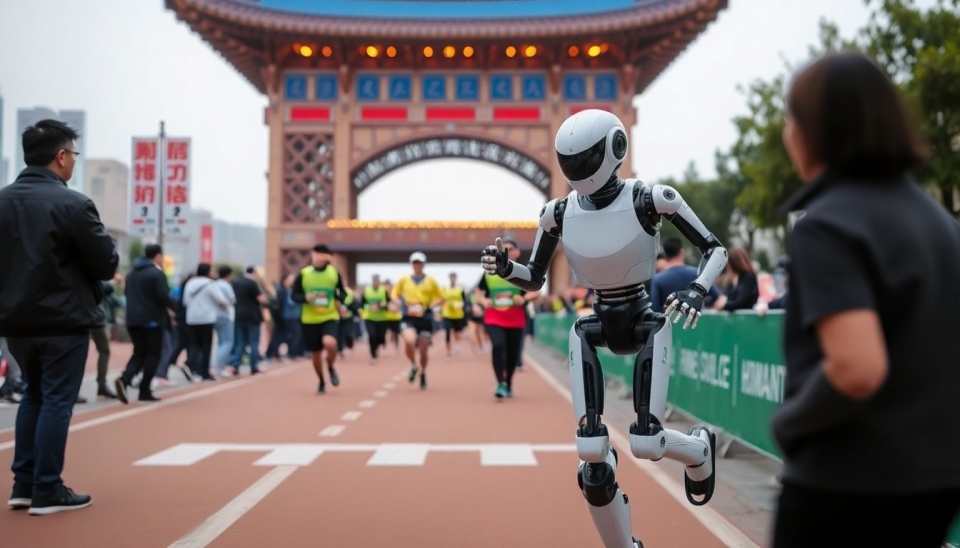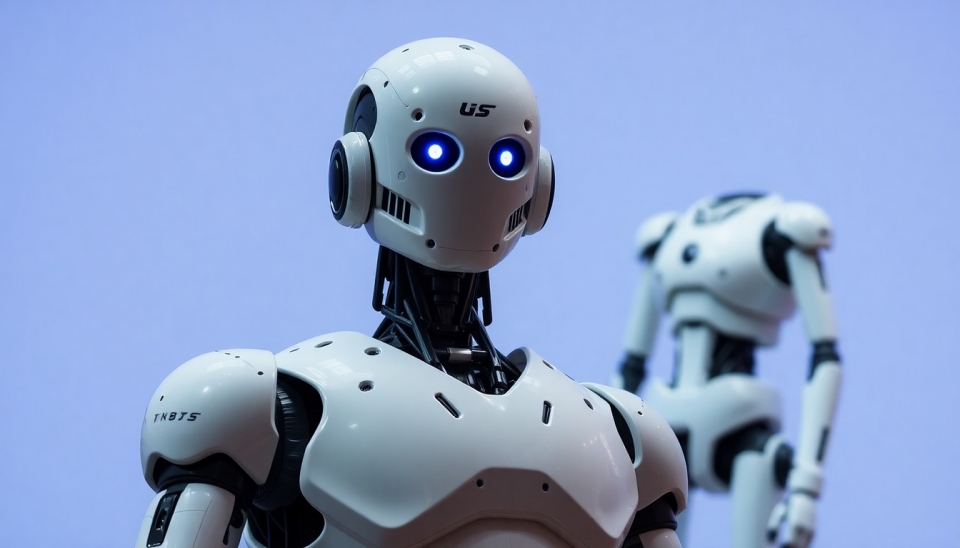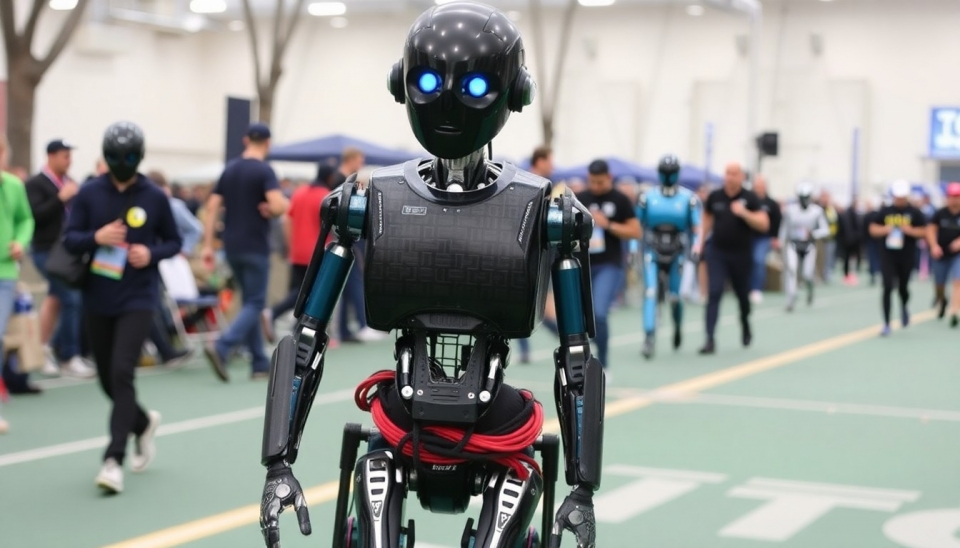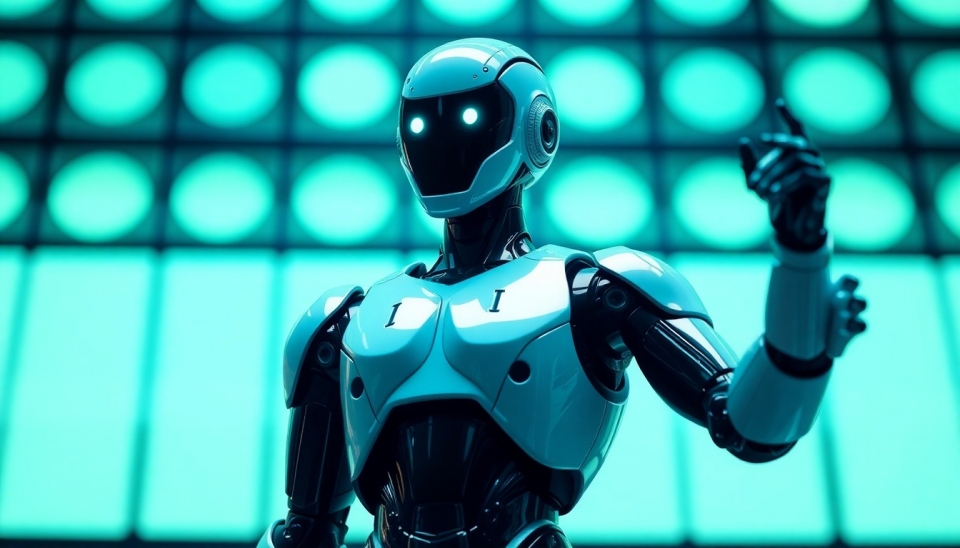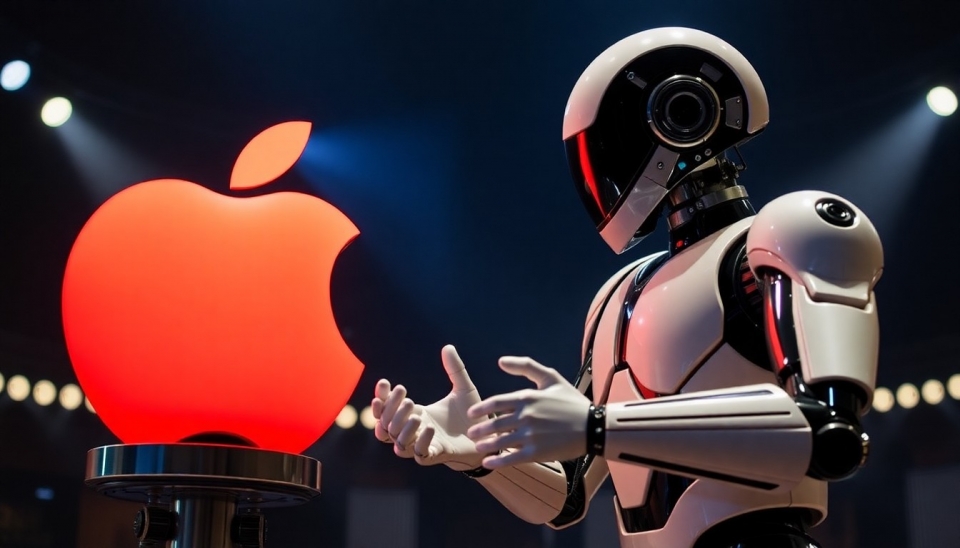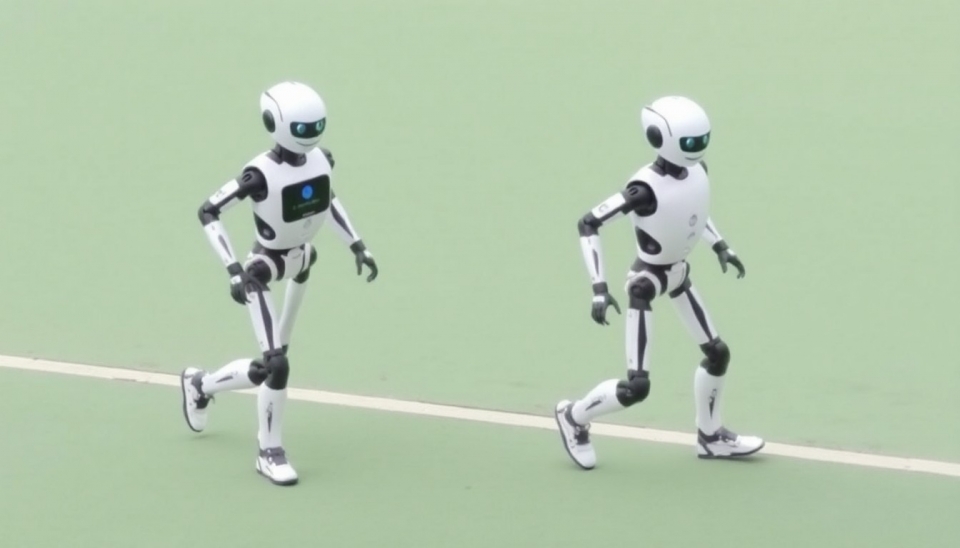
In a remarkable display of technological advancement, humanoid robots took part in a half-marathon event this past weekend, showcasing impressive strides in their ability to navigate complex terrains and engage in endurance challenges. The event marked a significant milestone in robotics, demonstrating how far these machines have come in mimicking the human form and capabilities.
The half-marathon, held in conjunction with the annual technology expo, featured a variety of humanoid robots designed by different research institutions and tech companies. Each robot embarked on the 13.1-mile course, displaying varying levels of efficiency and speed as they tackled the prospective marathon route. This competition not only allowed developers to push the limits of robotics but also served as a fascinating spectacle for onlookers, blending engineering prowess with athletic ambition.
Among the competitors, one standout robot named "Athena," built by a collaboration of universities and tech labs, finished the race with commendable speed and stability. Athena’s design incorporates advanced artificial intelligence algorithms that enable it to adaptively respond to real-time environmental changes, such as uneven surfaces or sudden obstacles. Observers noted Athena's ability to maintain a consistent pace, attributing this to its sophisticated balance and motion control systems.
Another notable contestant was "RunnerBot," developed by a startup focusing on commercializing humanoid robots for practical use. RunnerBot showcased a less traditional running style, utilizing a more robotic gait that, while not as fluid as Athena's, showed promise in terms of stability and minimal energy consumption. This variety in running styles highlights the ongoing experimentation in robotics and the diverse strategies engineers are employing to optimize bipedal locomotion.
The event drew a diverse crowd, ranging from tech enthusiasts to curious families, all eager to witness the capabilities of humanoid robots first-hand. Races like these also aim to inspire future innovations in the field, encouraging young minds to consider careers in robotics, engineering, and artificial intelligence. Organizers noted a significant uptick in interest from students and aspiring engineers who attended the event, reflecting the growing fascination with robotics as a field of study and future employment.
While the event celebrated these advancements, it also raised important questions about the safety and integration of robots into society. Experts present at the marathon discussed the implications of humanoid robots in everyday life, considering how these technologies could assist in various fields, from healthcare and elderly assistance to logistics and entertainment. The integration of such advanced machinery would require not only technical innovations but also ethical considerations regarding their usage and the impact on employment sectors.
The half-marathon of humanoid robots underscores a pivotal moment in the evolution of robotics—blending science with sport in a way that excites both researchers and the public alike. As developers continue to refine their designs, we can anticipate even more impressive feats of engineering in future events. The challenge now lies in harnessing these advancements for practical applications that can enhance human life while navigating the complexities of robotic integration into daily routines.
As we look to the future, the achievements seen at this half-marathon raise expectations for what lies ahead in terms of robotic capabilities. The race has set a benchmark for humanoid robotics, igniting a competitive spirit within the industry, promising even more innovative developments to come.
#HumanoidRobots #TechnologyExpo #Robotics #AIinnovation #Marathon2025 #EngineeringExcellence
Author: Emily Collins
